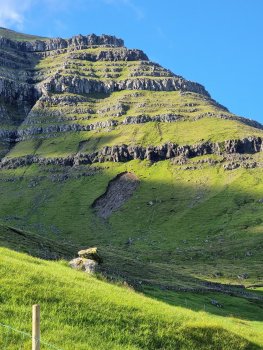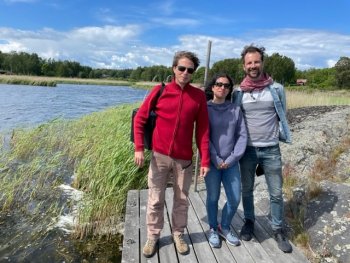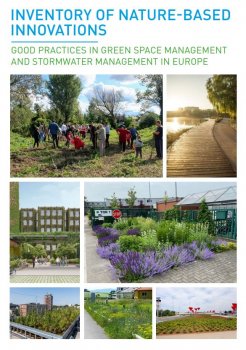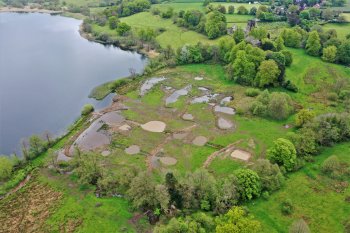Biodiversity in Urban and Coastal Areas in Iceland
The Nature-based solutions in the Nordic region programme has allocated 650,000 DKK to a pilot project in Iceland that aims to increase biodiversity in Reykjavík.
Grasagarður Reykjavíkur is the name of the outdoor collection of living plants located in the capital of Iceland. The park conserves some 3000 plant species in eight plant collections. The collections give an idea of the enormous diversity of vegetation in the northern temperate zone.
Among the staff are Hjörtur Þorbjörnsson and...








